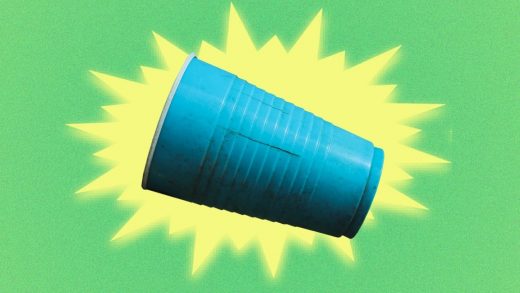Stop using plastic cups because BPA exposure may be much worse than we thought
Uh-oh. Turns out that BPA, which has long been known as an endocrine disrupter associated with everything from gestational abnormalities to cancer to diabetes and obesity, is in our bodies in much higher levels than thought.
The trouble is regulatory: The FDA has repeatedly determined that human exposure to BPA is low, and therefore safe. (A recent FDA report stated that “BPA is safe at the current levels occurring in foods.”) Patricia Hunt, a researcher at Washington State University, says these regulations may be “based on inaccurate measurements.”
Hunt and colleagues developed a more accurate way of measuring BPA in the body by directly measuring BPA metabolites in urine. They found levels of BPA up to 44 times those used as the basis for FDA regulations, based on indirect measurements.
The researchers found this alarming, and say that regulations for parabens, benzophenone, triclosan, and phthalates may also be based on similarly inaccurate measurements. “Our hypothesis now is that if this is true for BPA, it could be true for all the other chemicals that are measured indirectly,” said coauthor Roy Gerona, assistant professor at University of California, in a statement.
The team is looking at those chemicals, as well as compounds commonly used to replace BPA in products labeled “BPA-free,” which are often molecularly similar to BPA and and mostly unregulated. Research continues.
(34)



